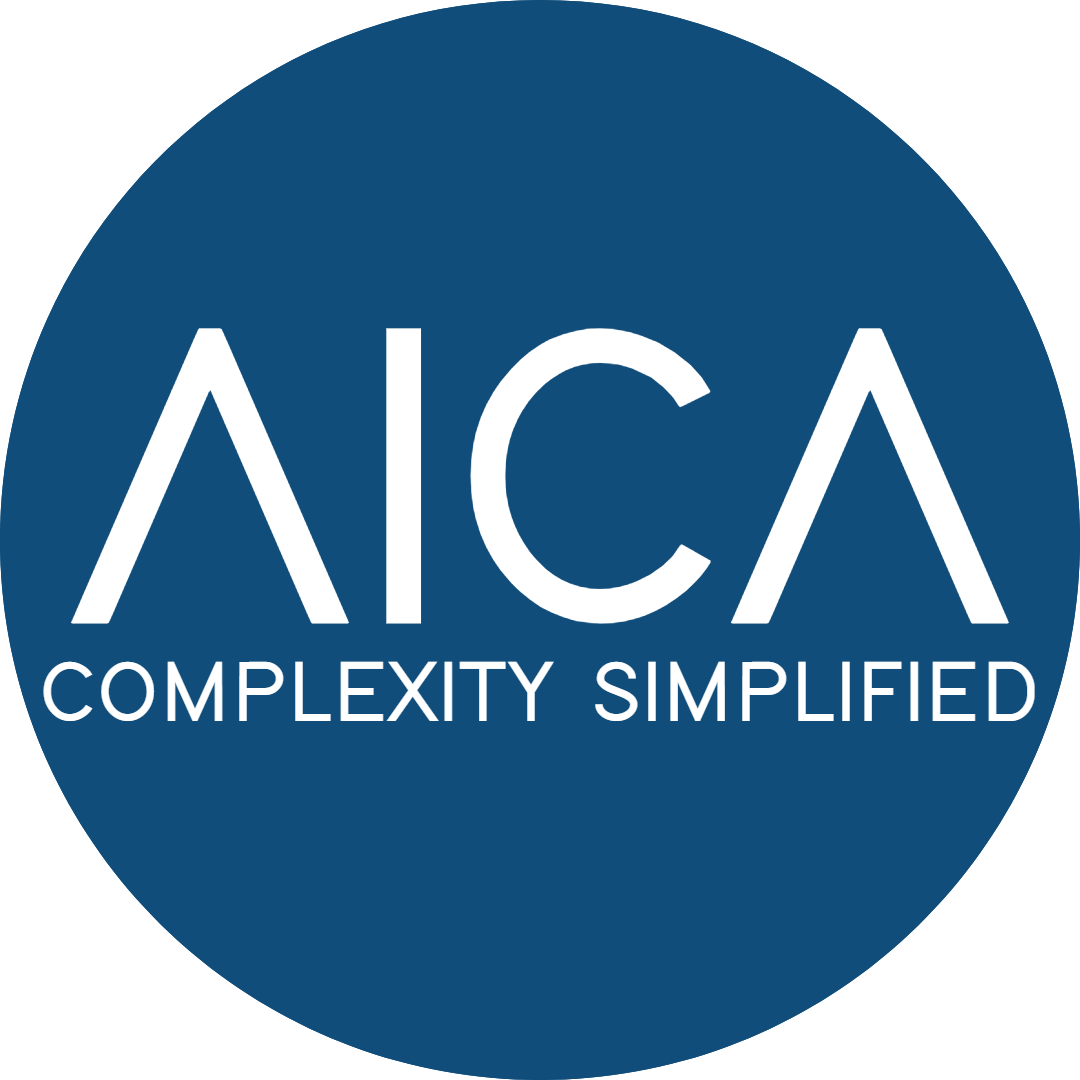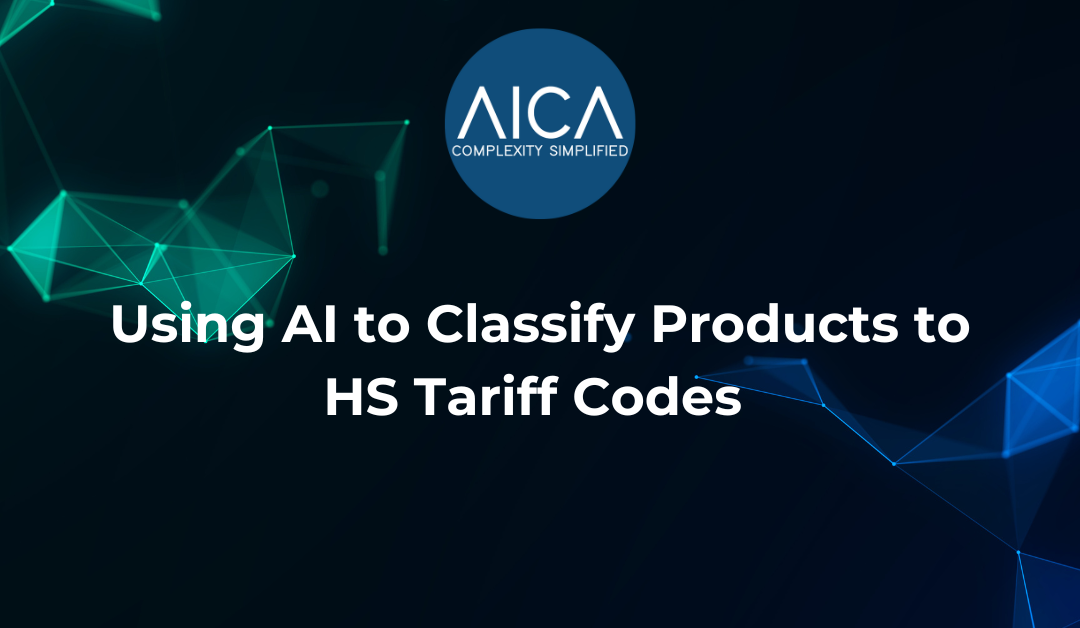For companies involved in global trade, HS code classification is one of the most important—yet often most painful—steps in the cross-border process.
Every product that moves across a border must be assigned the correct Harmonised System (HS) code to determine the applicable duties, taxes, and regulations. However, for many organisations—especially those with large and complex product portfolios—assigning the correct HS code is a source of constant friction.
Manual classification is slow, inconsistent, and prone to human error. Even experienced teams struggle with vague product descriptions, inconsistent terminology, and regional variations. The result? Customs delays, penalties, incorrect duty payments, and even reputational damage.
This is precisely why more companies are turning to AI-powered classification tools—designed to eliminate the guesswork and replace it with speed, accuracy, and consistency.
Why HS Code Classification Is So Challenging
For professionals working with international shipments, HS classification challenges often include:
- Ambiguous product descriptions that don’t align with customs definitions
- Duplicate or conflicting entries across departments or regions
- Changes to tariff schedules or regulatory interpretations
- Limited in-house expertise, especially for specialized or new products
- Manual workflows that slow down shipping or procurement timelines
When misclassifications occur, the costs are real and impactful:
- Delays at the border
- Fines or penalties
- Seizure of goods
- Overpayment of duties
- Lost trust with customs authorities
Multiplied across thousands of SKUs or shipments, these risks become significant—and impossible to manage manually.
How AICA’s AI Classification Solution Helps
AICA’s Agentic AI is trained on customs data, tariff schedules, and global product language to deliver accurate, high-speed classification across large datasets.
Here’s how it adds value:
1. Faster Classification at Scale
Firstly, AICA can classify up to 10,000 items per hour, dramatically reducing processing times and removing bottlenecks in trade documentation.
2. High Accuracy with Confidence Scores
Moreover, every classification is backed by a confidence score, giving your team full visibility into which entries are ready for submission—and which need review.
3. Regional Adaptability
Importantly, AICA’s solution accounts for country-specific variations in HS interpretation, enabling accurate classification across the GCC, EU, U.S., and beyond.
4. API-Based Integration
Additionally, you can integrate AICA’s HS classification directly into your ERP, PIM, or customs systems via secure API, with options for on-premise or regionally hosted deployment to meet local compliance requirements.
5. Cost and Risk Reduction
Finally, by automating classification, you reduce reliance on manual labour, avoid overpayment of duties, and lower the risk of costly customs rejections or audits.
Real-World Use Cases
AI-powered HS classification isn’t theoretical; it’s already transforming operations in industries like:
- Manufacturing: Automating tariff coding during new product introductions and reducing delays in global parts sourcing.
- Energy and industrials: Standardising classification for thousands of MRO items, equipment, and spares across multiple regions.
- Retail and e-commerce: Managing classification at scale across broad, fast-changing product catalogs.
- 3PLs and logistics providers: Reducing customs clearance times by embedding AI classification into their documentation workflows.
Final Thoughts
HS code classification doesn’t have to be a bottleneck. With the right AI tools, it becomes a competitive advantage—enabling faster trade, better compliance, and more efficient operations.
In today’s trade environment, where customs scrutiny is increasing, margins are tight, and speed matters, companies can no longer afford to rely solely on manual classification methods.
Interested in automating HS classification?
Get in touch with AICA to schedule a demo and see how we can support your global trade workflows.

